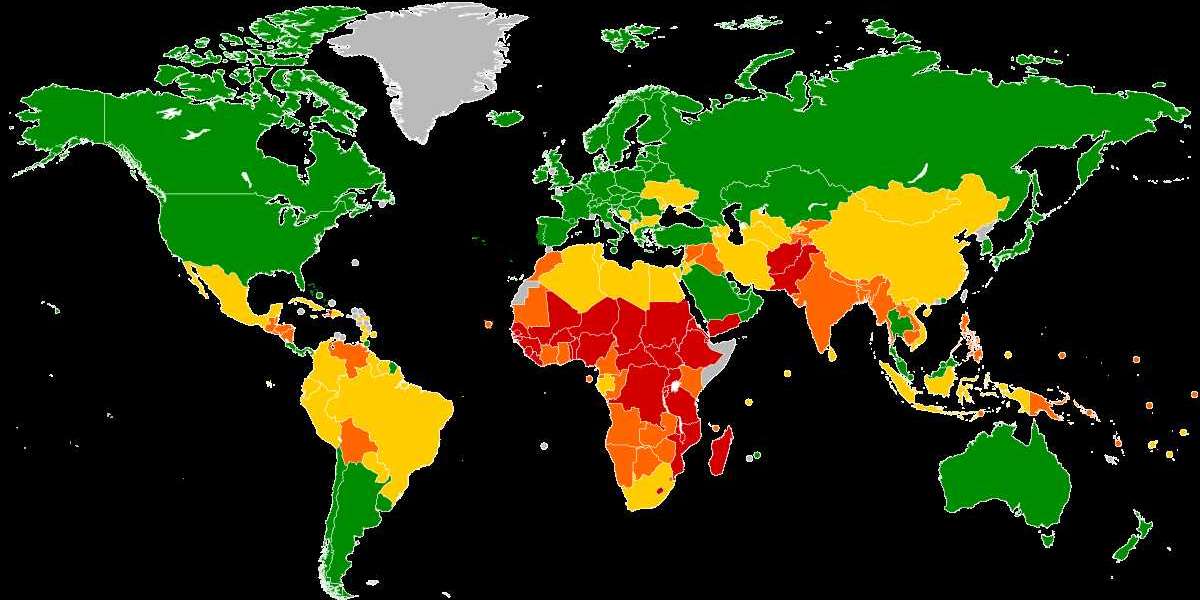The relationship between developed and underdeveloped countries is complex and multifaceted, and there are various ways in which developed countries can provide assistance to those that are struggling to achieve economic and social development. Here are some potential solutions that may help:
Increase Foreign Aid: Developed countries can provide financial assistance to underdeveloped countries in the form of foreign aid. This aid can be used for various purposes, such as infrastructure development, education, healthcare, and poverty reduction. Developed countries can also forgive the debt of underdeveloped countries, which can provide much-needed relief for their struggling economies.
Support Economic Development: Developed countries can support economic development in underdeveloped countries by providing access to technology, training, and other resources. They can also offer support in terms of trade agreements and market access, which can help underdeveloped countries expand their economies and increase their international trade. Additionally, developed countries can encourage private investment in underdeveloped countries, which can provide a much-needed injection of capital into their economies.
Provide Technical Assistance: Developed countries can provide technical assistance to underdeveloped countries by sharing their expertise in various areas such as agriculture, healthcare, education, and infrastructure development. This technical assistance can help underdeveloped countries improve their capacity to deliver services to their citizens, which can lead to improved economic and social development.
Promote Good Governance: Developed countries can support good governance in underdeveloped countries by providing training and support for democratic institutions, such as independent courts, free press, and transparent election processes. This can help underdeveloped countries establish the rule of law and reduce corruption, which can lead to improved economic development.
Address Climate Change: Developed countries can address climate change by supporting underdeveloped countries in their efforts to reduce greenhouse gas emissions and adapt to the impacts of climate change. Developed countries can provide funding, technology, and expertise to help underdeveloped countries transition to low-carbon economies and adapt to changing climate conditions.
Promote Education: Developed countries can help underdeveloped countries improve their education systems by providing resources and training for teachers, developing curriculum and educational materials, and building schools and other educational infrastructure. This can help underdeveloped countries improve their human capital, which can lead to improved economic development.
Provide Humanitarian Assistance: Developed countries can provide humanitarian assistance to underdeveloped countries affected by natural disasters, conflict, or other crises. This can include providing food, water, shelter, and medical supplies, as well as supporting efforts to rebuild infrastructure and institutions after the crisis has passed.
In conclusion, there are various ways in which developed countries can help underdeveloped countries achieve economic and social development. Providing foreign aid, supporting economic development, providing technical assistance, promoting good governance, addressing climate change, promoting education, and providing humanitarian assistance are all potential solutions that can help underdeveloped countries overcome the challenges they face. These solutions require a long-term commitment and sustained effort on the part of developed countries, but they can ultimately lead to a more prosperous and equitable world.



Iceyy Junior 2 w
amazing